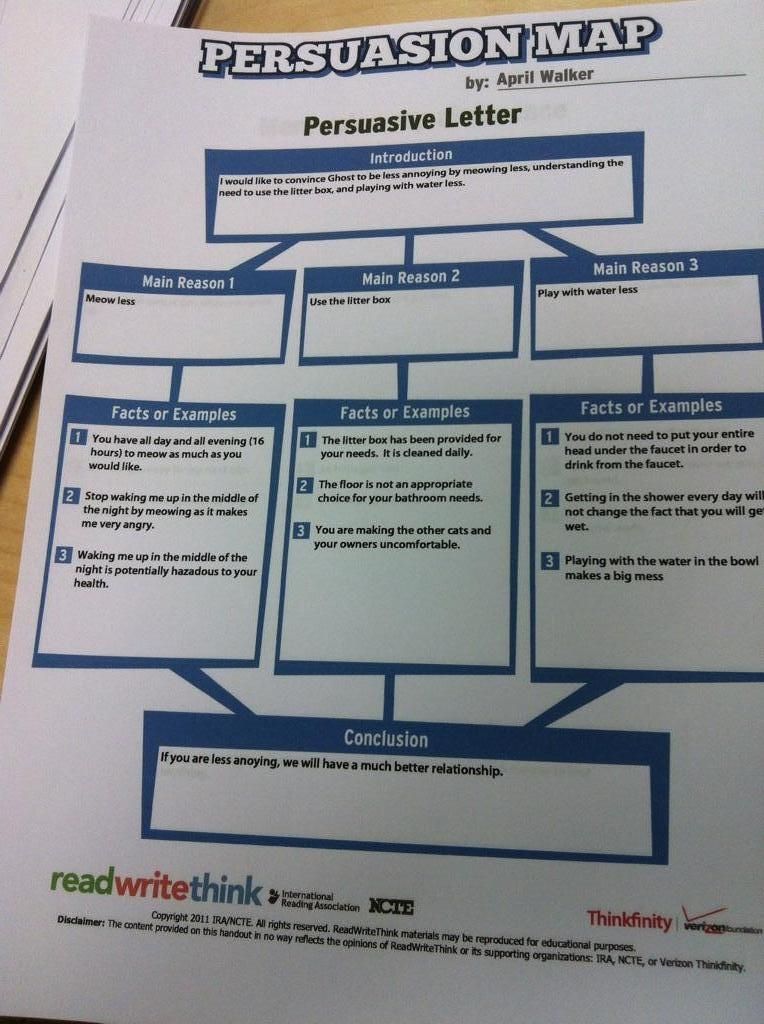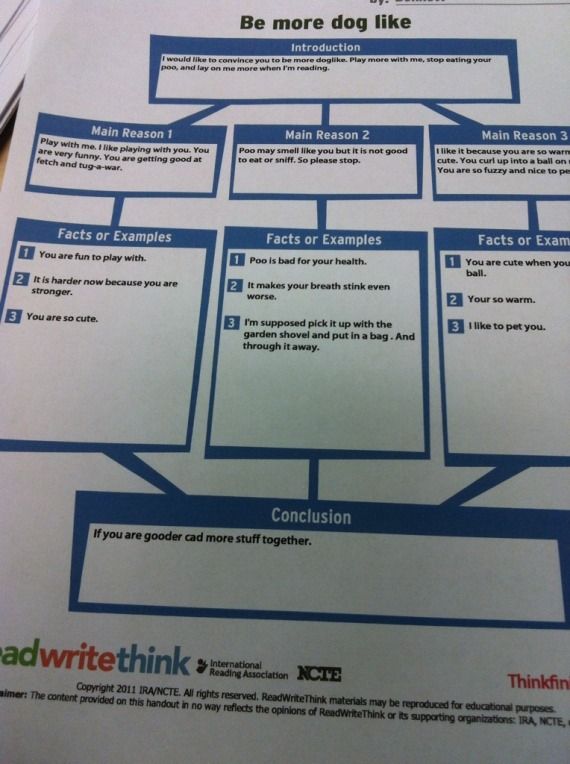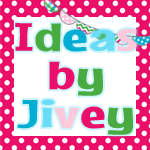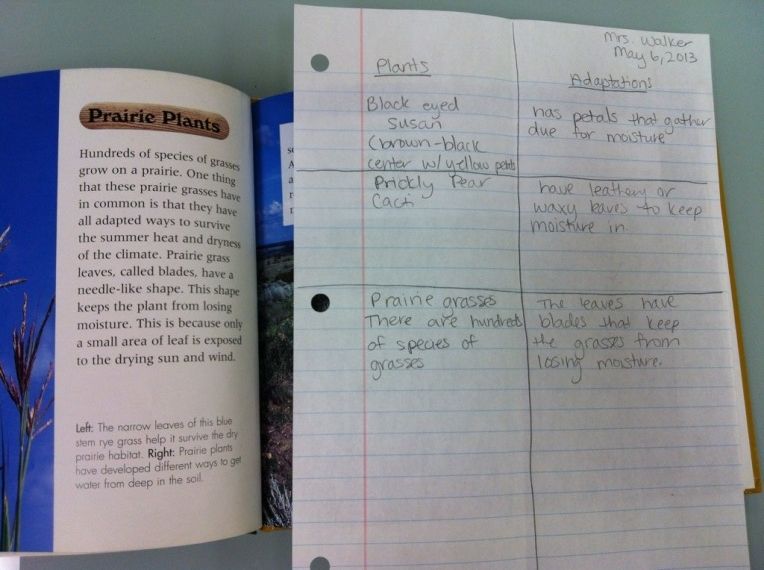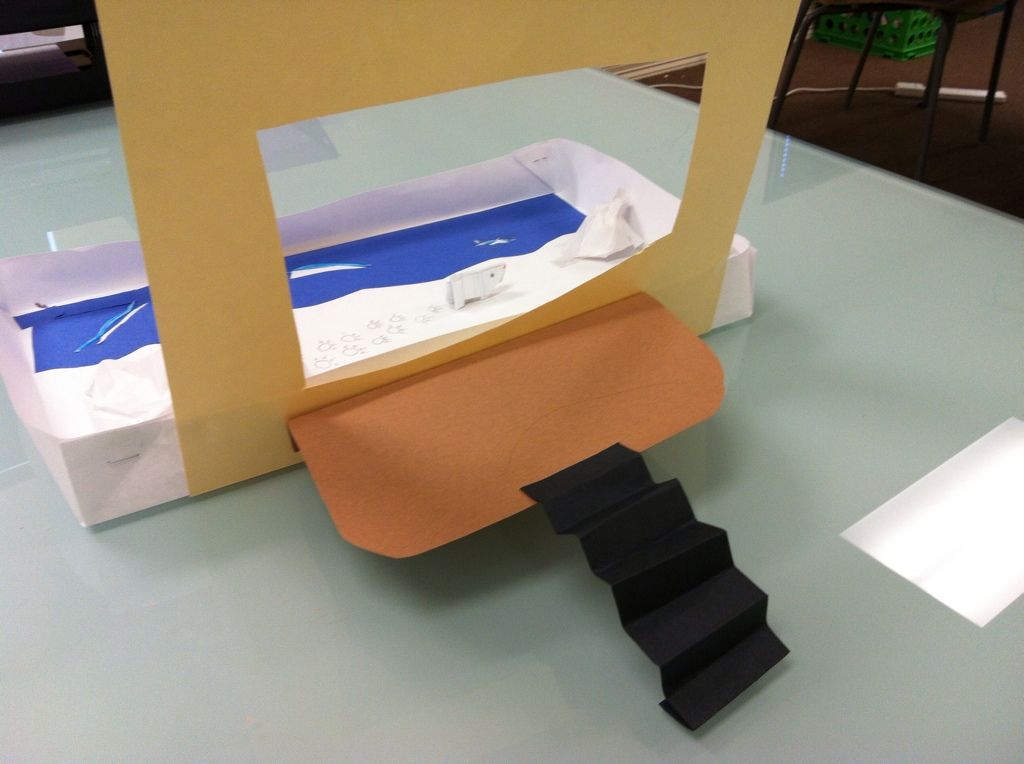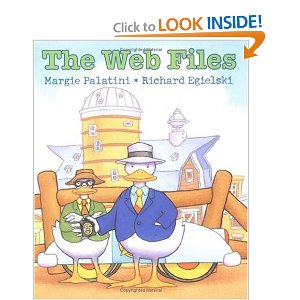In the last five years, I have tried many classroom management systems. I have tried sticker charts where they purchase items from a classroom store based on their stickers. I have tried creating avatars and using a point system that works sort of like a video game achievement system. (You can read about the way I used video games as my inspiration for classroom management here.)
This year I tried www.classdojo.com. I love Class Dojo. I think it works really well much of the time, and my students loved creating the little avatars. I decided to try Class Dojo because since all of my students have access to laptops I have tried all sorts of technology and websites. Because we use the computers off and on all day, I think Class Dojo seemed like less of a novelty for my students. They could not see their points all the time, so it was out of sight out of mind. I do not have a Smart Board to display for everyone all the time.
I recently decided to try something a little different for our classroom management system. I felt we needed something more tangible and visible. Another teacher suggested using a classroom economy. So I went to www.teacherspayteachers.com and searched free resources on Classroom Economy. I found lots of great resources.
I chose to use the classroom cash from this set because I like idea of Hoot Loot. Our school mascot is the owls, and my classroom is decorated with owls.
We used the little printable wallets from this set to put our Hoot Loot in.
Laura Candler also has a Classroom Economy pack. Every thing Laura does is amazing!
I created this little form to track our points or cash flow for the week.
I created different categories and for each category they can have cash added or taken away (debits and credits.) At the end of the week, they turn in their form. I give them their hoot loot. They then can purchase items from a class store. Any cash they do not spend, they save up in their wallets. You can get a copy of my classroom account summary form here. It is a Word Document, so you can make any changes you need to. How do you run a classroom economy?
![]()
This year I tried www.classdojo.com. I love Class Dojo. I think it works really well much of the time, and my students loved creating the little avatars. I decided to try Class Dojo because since all of my students have access to laptops I have tried all sorts of technology and websites. Because we use the computers off and on all day, I think Class Dojo seemed like less of a novelty for my students. They could not see their points all the time, so it was out of sight out of mind. I do not have a Smart Board to display for everyone all the time.
I recently decided to try something a little different for our classroom management system. I felt we needed something more tangible and visible. Another teacher suggested using a classroom economy. So I went to www.teacherspayteachers.com and searched free resources on Classroom Economy. I found lots of great resources.
I chose to use the classroom cash from this set because I like idea of Hoot Loot. Our school mascot is the owls, and my classroom is decorated with owls.
We used the little printable wallets from this set to put our Hoot Loot in.
Laura Candler also has a Classroom Economy pack. Every thing Laura does is amazing!
I created this little form to track our points or cash flow for the week.
I created different categories and for each category they can have cash added or taken away (debits and credits.) At the end of the week, they turn in their form. I give them their hoot loot. They then can purchase items from a class store. Any cash they do not spend, they save up in their wallets. You can get a copy of my classroom account summary form here. It is a Word Document, so you can make any changes you need to. How do you run a classroom economy?




